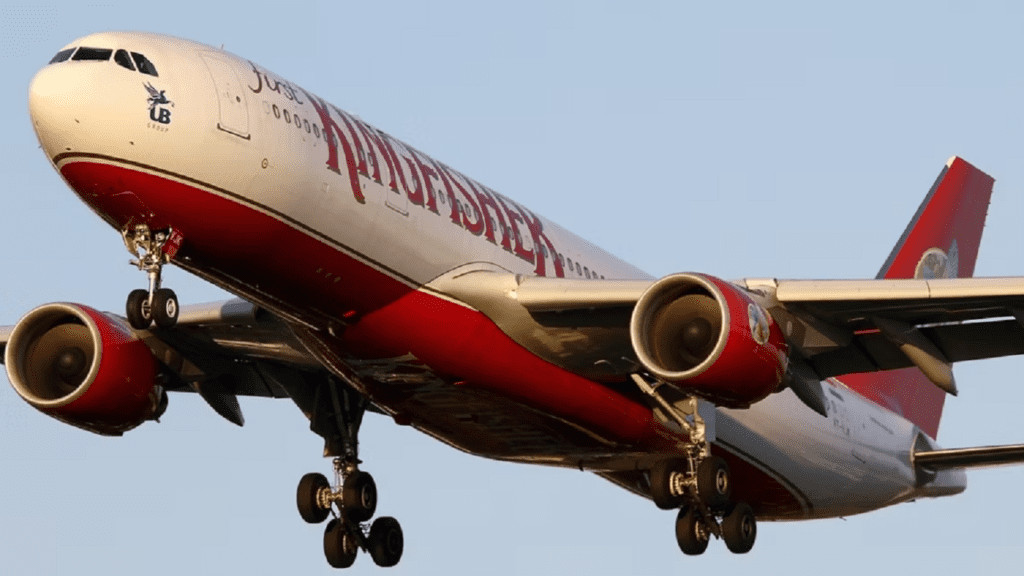
Kingfisher Airlines was founded in 2003 and was part of the Bengaluru-United Breweries Group, which closed in 2012. What happened to Kingfishers Airlines, what went wrong so quickly and what happened after? In 2011, it had a fleet of more than 1,000 aircraft and a total capacity of 1.5 million passengers, according to its website.
Initially, it focused on the introduction of a small fleet of four A320-200s with a total capacity of 1.5 million passengers per year. Since its inception in 2003, the airline has flown more than 1,000 flights from Bengaluru to New Delhi, Mumbai, Hyderabad, Chennai and Bangalore.
The entry product was not bad and the cabin of Kingfisher offered First, Economy 32 – 34 inch pitch with a pitch of 30 – 35 inch and Economy 32 – 34 inch pitch.
Both the First and Economy cabins offered IFE on all seats and interestingly, there was no ironing from in-flight service at first.
In 2007, the airline expanded its fleet to 20 Airbus A320s and operated a network of 26 destinations. In September 2009, it launched its first long-haul flight from Bengaluru to London, connecting London for the first time.
Airbus A319-100 – 3
Airbus A320-200 – 21
Airbus A321-200 – 8
However, none of these aircraft would ever be delivered to Kingfisher customers in the US, Australia, New Zealand, South Africa, India and China.
What went wrong for Kingfisher?
On paper, the airline did everything right; the planes were new and comfortable, there was flight entertainment in first class, food was supposedly decent, and there were a number of other amenities such as free Wi-Fi and free drinks. So what went wrong with Kingfisher and what did it all mean for the rest of us?
So how could a company with such a prominent name and such high expectations be so wrong, and what did it all mean for the rest of us?
Kingfisher Airlines had never made a profit in its short career, and Vijay Mallya and his team had done nothing to turn things around. The real turning point came in 2007, when he bought the bankrupt Air Deccan, but over time the CEO’s debt got deeper and deeper. That, by the way, was what was expected of him to start an airline, but he didn’t. Another reason was the fact that no airline operating for less than five years was allowed to fly internationally.
By merging with Air Deccan, Mallya could circumvent that rule and launch London flights faster, but not without major problems.
By 2010, the fleet had shrunk to just 28 aircraft and began bleeding money, and payments to employees and creditors had failed. Mallya himself pumped money into the airline to keep it afloat, but failed and sought a rescue investor.
On 20 October 2012, the DGCA finally revoked the airline’s licence and blank cheques were issued. Mallya was not in India, however, and foreign airlines are not allowed to invest in Indian airlines. The banking syndicate was stopped and finally moved on 2 March 2016 to recover the fees owed to him and his family.






